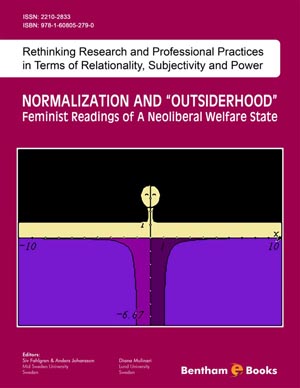Abstract
This chapter focuses on the way in which organizations and legislation, despite their explicit intentions, nevertheless promote normative inequality, maintaining sexual harassment as an apparently inevitable part of schooling. Peer sexual harassment is found to be both frequent and pervasive in Swedish schools and is more or less expected as an everyday hassle that students have to handle. This chapter highlights the social and discursive pre-conditions that, despite laws and policies, let behaviours related to sexual harassment continue to take place at a high frequency. These behaviours function as an obstacle for change toward a safe school environment, which is free from discriminating behaviours. Drawing on previous research, this chapter shows the gap between manifest legislation and common practices at school. The method is interpretive and critical, in the sense that it is a sustained discussion of questions being raised by earlier studies. The following six aspects of the discursive normalization processes that collaborate to make sexual harassment a common and concealed phenomenon in Swedish schools are: 1) Not including genderbased violence as a specific domain in the national public health policy; 2) Sexual harassment being invisible in school surveys; 3) Sexual harassment being invisible in anti-bullying programmes; 4) Ignorance of power and gender perspectives in schools; 5) The normalization of asymmetric power relations as a hindrance to victims speaking up and taking action; and 6) Lack of a common understanding and definition of sexual harassment.
Keywords: Gender based violence, school health promotion, gender equality, educational settings, discrimination act, antibullying program, public health, regulatory norms, hegemonic masculinity, sexism, redefining violence.













